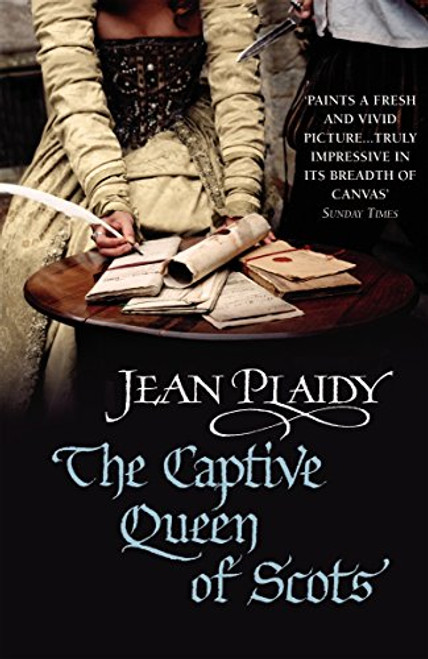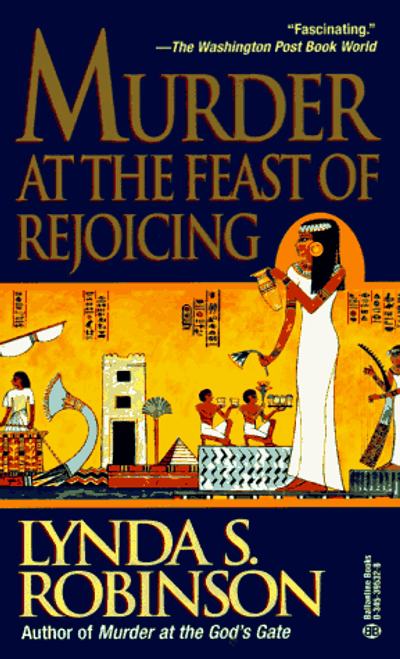Product Overview
The acclaimed author of The Princes in the Tower now brilliantly investigates another of Britains notorious unsolved mysteries: the murder of Lord Darnley, second husband of Mary, Queen of Scots.
Tall, handsome, accomplished, and charming, Henry Stuart, Lord Darnley, had it all, including a strong claim to the English throne, a fact that threatened the already insecure Elizabeth I. She therefore opposed any plan for Darnley to marry her cousin, Mary, Queen of Scots, who herself claimed to be Queen of England. But in 1565 Mary met and fell in love with Darnleyand defied Elizabeth by marrying him. It was not long before she discovered that her new husband was weak and vicious, and interested only in securing sovereign power for himself.
On February 10, 1567, an explosion at his lodgings left Darnley dead. There were many who might have had a motive for murdering him, not least Mary herself. The intrigue thickened after it was discovered that apparently he had been suffocated before the blast. Emerging from the tragedy were more mysteries than any historian has ever satisfactorily solved.
Mary and Darnleys marriage had been an adulterous disaster. After Darnleys death, Mary showed favor to the powerful Earl of Bothwell, causing her enemies to accuse her of being his partner in both infidelity and murder. Mary insisted that the murder conspiracy had been aimed at her, and that she had escaped only by changing her plans at the last minute. It has even been suggested that Darnley himself had planned the explosion in order to kill her.
The murder of Darnley ultimately led to Marys ruin. After her deposition, there conveniently came to light a box of documentsthe notorious Casket Lettersthat her enemies claimed were proof of her guilt. But Mary was never allowed to see them, and they disappeared in 1584. The question of their authenticity has haunted historians ever since.
After exhaustive reexamination and reevaluation of the source material, Alison Weir has come up with a solution to this enduring mystery that can be substantiated by contemporary evidence, and in the process has shattered many of the misconceptions about Mary, Queen of Scots. Employing once more the bright writing and stunning characterizations that have made her a favorite writer of popular history, Weir has written one of her most engaging excursions into Britains bloodstained, power-obsessed past.






